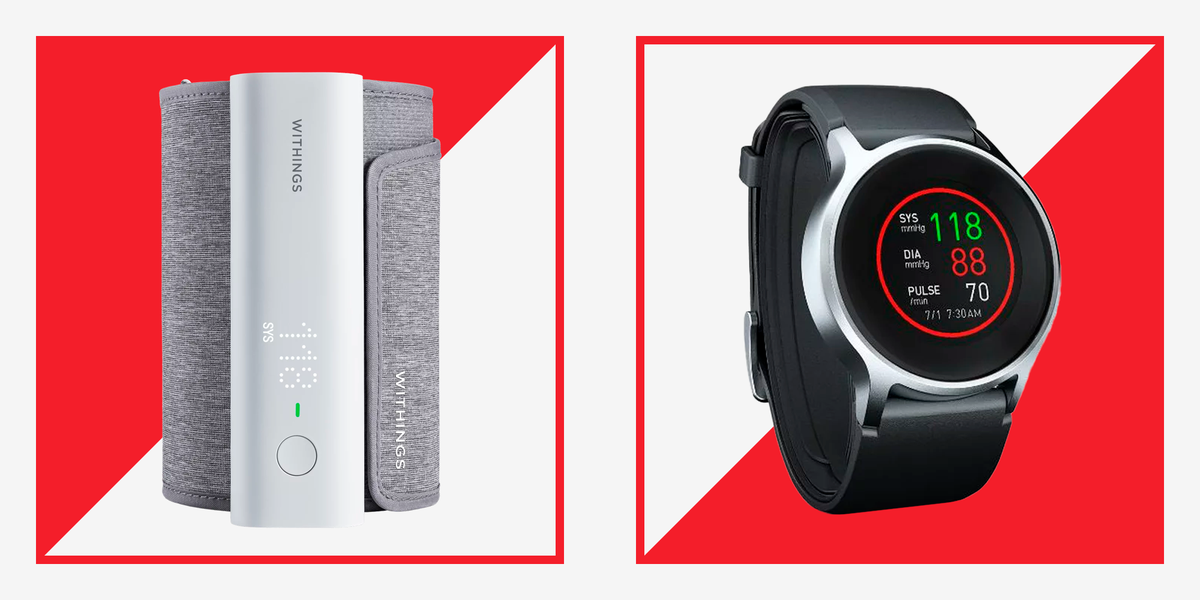Blood
The 8 Devices You Need to Monitor Blood Pressure At Home
When it comes to selecting the right blood pressure monitor for at-home use, keep these factors in mind:
Accuracy: Most models available for sale are expected to be accurate when used properly (thanks to pre-market testing requirements). That being said, monitors with upper arm cuffs are the most reliable and accurate automatic monitors. Wrist monitors and finger monitors are subject to more variability, but can be used in conjunction with an arm cuff device for more continuous monitoring.
Cost: Different models come with varying price tags. Don’t be fooled by aesthetics and high-tech features—you can get a basic, reliable model for under $50. Higher-end models offer smartphone compatibility, wireless functions, and more.
Convenience: Wireless arm cuff models and wrist wearables excel in terms of convenience. They offer ease of use and portability, making them a convenient choice for individuals on the go. If you’re a frequent traveler or prefer a cordless experience, opt for battery-powered monitors that do not require constant charging or connection to a power source.
Data storage: The ability to keep a record of your blood pressure readings is essential. Even the most affordable models retain data like date and blood pressure measurement for up to 30 days and track up to 250 readings per person. This data can be valuable for more effective discussions with your doctor during routine visits.
Additional metrics: “Some [monitors] are very fancy and come with EKG monitors as well that can check for irregular heart rhythms, such as atrial fibrillation or other heart arrhythmias,” according to Dr. Railsback. These features add an extra layer of health insights, and are especially valuable for those monitoring pre-existing heart conditions.
Compatibility and connectivity: Some monitors offer wireless integration with smartphone apps, allowing you to track and trend your blood pressure data over time from the convenience of your phone. Some of these apps even allow you to share data with your doctor or family members.
Multi-user options: Certain brands cater to households with multiple users, allowing data storage for up to two to four individuals. This is a practical feature for families or shared living arrangements.

